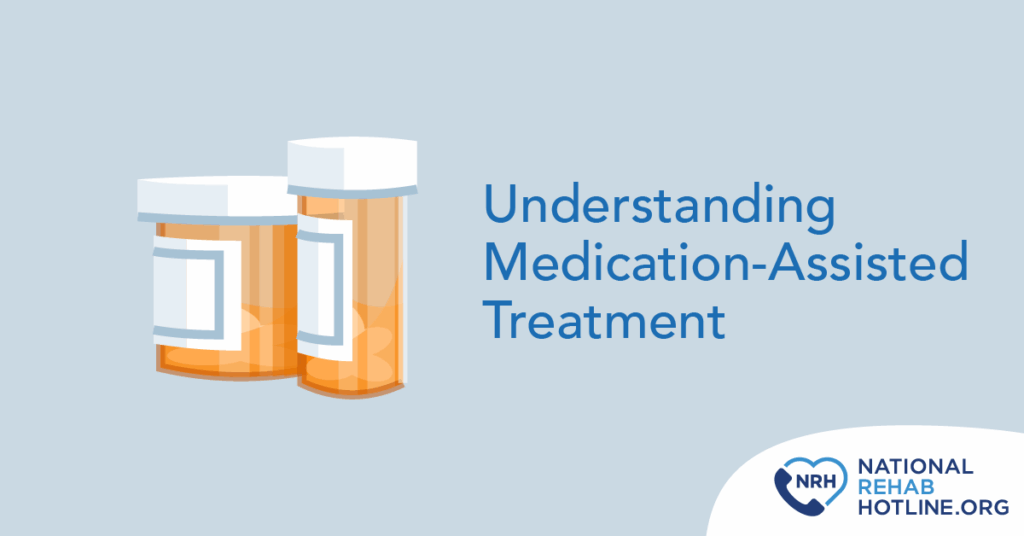According to the U.S. Food and Drug Administration, 6.1 million Americans aged 12 or older suffer from opioid use disorder. Additionally, the National Institute on Alcohol Abuse and Alcoholism reports that 28.9 million Americans over the age of 12 have an alcohol use disorder. If you struggle with opioid or alcohol addiction, medication-assisted treatment may offer a solution. MAT therapy takes a whole-person approach to recovery by helping individuals successfully deal with cravings, withdrawal symptoms and underlying mental health issues.
Keep reading to learn more about MAT therapy and its role in substance abuse treatment.
What Is Medication-Assisted Treatment?
MAT therapy is a comprehensive tool professionals use to treat individuals facing alcohol or opioid addiction. It’s been proven effective at reducing the risk of overdose and improving treatment outcomes. This therapy combines the use of federally approved medications with case management, professional therapy and support groups. Its goal is to create a life-saving plan that offers long-term recovery success.Common Medications Used in MAT and How They Work
The medications used in MAT therapy are approved by the FDA and provide various benefits. A medical professional works directly with you to determine which medication is right for your specific disorder. Some of the most common medications used in MAT include:- Methadone. Used to treat OUD, methadone helps lessen withdrawal symptoms and reduce cravings.
- Suboxone/Sublocade. These forms of the generic drug buprenorphine can weaken opioid cravings.
- Naltrexone/Vivitrol. Both Vivitrol and its generic form, naltrexone, are used to block the euphoric effect of drugs and alcohol in the treatment of OUD and AUD.
- Acamprosate. Used to treat AUD, acamprosate normalizes your brain chemistry to fight alcohol dependency.
- Disulfiram. This medication helps treat AUD by causing an uncomfortable reaction if alcohol is consumed.
Conditions and Addictions That Benefit From MAT
Medication-assisted treatment works best for individuals facing an alcohol or opioid use disorder and struggling to maintain sobriety. While MAT therapy is most often used to treat individuals with moderate to severe OUD or AUD, it can also be effective for treating those with mild addictions. This type of therapy provides benefits in various ways. It can help with:- Stabilizing brain chemistry
- Reducing cravings
- Alleviating withdrawal symptoms
- Blocking euphoric effects of opioids or alcohol
- Treating underlying issues
- Identifying triggers
- Developing coping strategies
Addressing Misconceptions About MAT Therapy
MAT therapy is widely misunderstood, and misconceptions about the treatment prevent individuals from seeking treatment. It’s important to differentiate between these myths and the facts.- MAT Therapy Replaces One Drug With Another Type of Drug MAT therapy isn’t the same as having a drug addiction. First, these drugs are federally approved and highly regulated by health care providers. Secondly, when used correctly, the medications don’t produce the euphoric effect you get when using drugs or alcohol.
- MAT Therapy Is Only for Severe Addictions Some people believe MAT therapy is only for those with severe addictions. As mentioned above, this isn’t true. Even those with mild drug or alcohol addictions may benefit from MAT therapy.
- MAT Therapy Requires Lifelong Use While lifelong use is appropriate in some cases, many individuals are able to slowly wean off the medication prescribed through MAT therapy and still remain sober.

